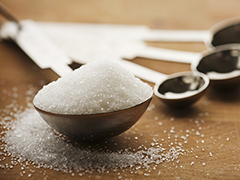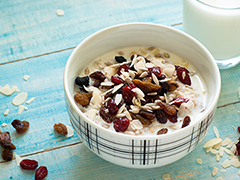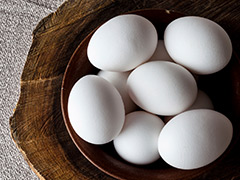A Diabetic's Guide: How to Count Carbs Like a Pro

Confused by how to count carbs? Don’t be. While it may seem confusing at first, keeping track of your carbohydrates is really a matter of math. And when you have diabetes, it’s one of the keys to helping keep your blood glucose under control.
Carbohydrates are what make your blood sugar spike after you eat. When you track your carb intake, you can better match your insulin doses to the foods that you eat. It gives you more flexibility in what you eat, and cuts down on post-meal highs and lows.
When you count carbs, you add up the total carbohydrates in grams in all the foods you eat. Carbs include sugar and starches. Both will raise your blood sugar at the same rate.
Sounds simple, but it's important to be accurate. An error in just 5 grams of carbs can affect blood glucose by 20 mg/dl in a person weighing 150-200 lbs.
Here are 3 ways to keep track of your carbs like a pro. (Always consult your doctor about creating a nutrition plan that's best suited to your needs.)
-
Read labels
The FDA requires that all packaged and processed foods are labeled with key ingredients. Be sure to check carbohydrates and all sugar. Don't forget the serving size, and adjust your numbers up or down to match your portion. -
Learn to estimate portions
One common way to determine the size of a portion is to compare it to the size of a common object, like your hand or a carton of milk. Click here for a detailed example of how this works. -
Weigh your food
Another way to estimate portions that's more precise is to use carbohydrate factors. With this method, you weigh your food, then multiply the weight of the food in grams by its carbohydrate factor. You can learn more about how to do this here.
Our Diabetes Management Incentive Program is designed to help educate, support and reward you as you take an active role in managing your condition. Learn more today.


